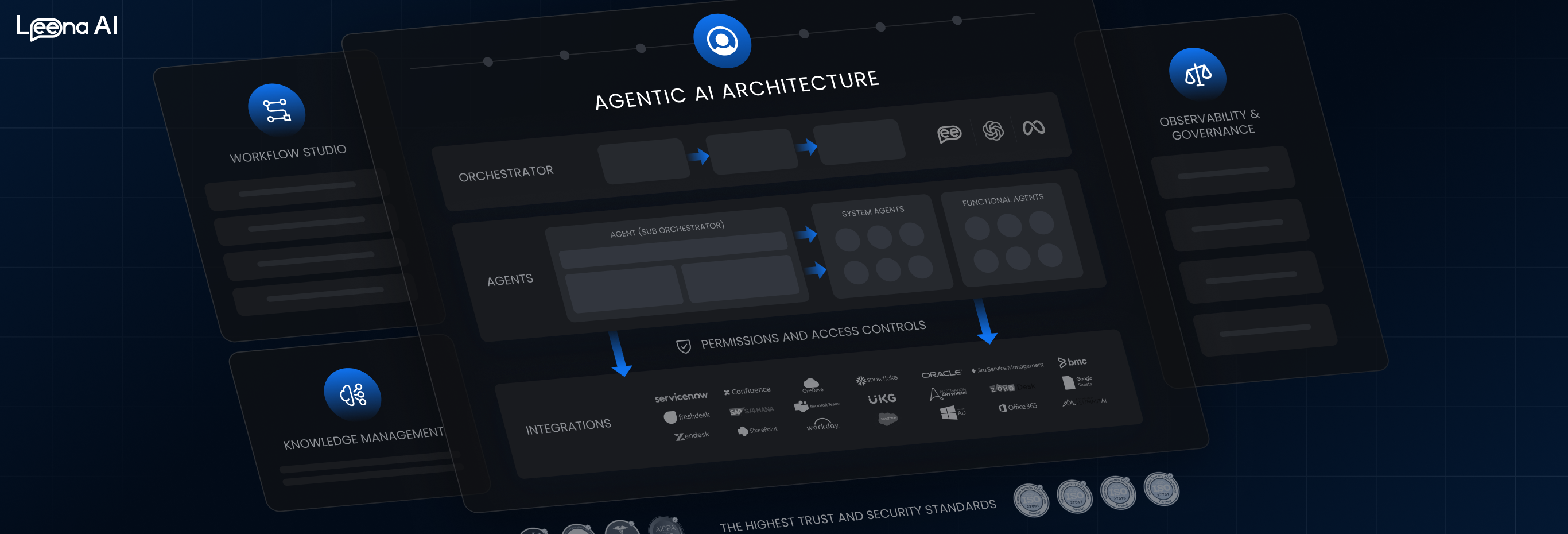The Best Ways to Deliver on the Promises of Real-Time Data Analytics
How do we scale and manage data and analytics across the enterprise?

Many have mistakenly thought that once they moved their analytics to the cloud, they would have infinite scale. After all, you just add more resources such as additional nodes and instances as you need them. You simply sign up for a solution’s free trial; everything is working great, and you move forward with your purchase. But after several months, requirements to add more data, a lot more data, continuously materialize, you find out there’s still a long way to go. Take these predictions into account:
- International Data Corporation (IDC) predicts that the global data volume will expand to 175 zettabytes by 2025.
- Forbes predicts that 150 trillion gigabytes of real-time data will need analysis by 2025.
Not only are you overwhelmed by the volume of data, but you also find that it’s hard to reuse data pipelines for data ingestion, and to ensure compliance as data becomes more widely used. Now, you realize your real-time data analytics initiative is “stuck”.
You didn’t go wrong with starting small. Starting small is often the best approach if you have a plan to a scale and manage your data and analytics as your needs grow. Look for solutions that are flexible, agile, and scalable to meet your key performance indications and service level agreements. You should also be able to readily share data across use cases and provide consistent management, governance, and compliance.
How do we source, manage, and deliver data that is timely, relevant, and trusted, to the right customers?
We want near real-time data, empowering “next best action” decisions in the moment. This means that data must be present to front-line workers in a manner that is actionable, in the context of their job. The best real-time analytics is embedded within the environment its customers operate in.
So, what does embedded analytics mean? According to Gartner:
“Embedded analytics is a digital workplace capability where data analysis occurs within a user’s natural workflow, without the need to toggle to another application. Moreover, embedded analytics tends to be narrowly deployed around specific processes such as marketing campaign optimization, sales lead conversions, inventory demand planning and financial budgeting.”
Include embeddable analytics in your capabilities to make sure your users are getting the maximum value from data. Often this involves embedding analytics within business applications your users already leverage to do their jobs with enhancements to inform their next best actions. Embeddable analytics can also involve alerting and recommendations if specific thresholds are met, or if specific anomalies are detected, sent to tools your users already have. In short, your front-line users often don’t need to learn completely new technologies or applications or learn how to become a data analyst to benefit from advanced analytics.
How do we democratize data while protecting privacy, complying with regulations, and ensuring ethical use?
Data privacy regulations are expanding across the globe. Gartner says that 65% of the world’s population will have its personal data covered under modern privacy regulations. Companies are becoming increasingly concerned about significant risk exposure. For instance, violators of General Data Protection Regulation (GDPR) may be fined up to €20 million, or up to 4% of the annual worldwide turnover of the preceding financial year, whichever is greater.
However, simple encryption is not enough to ensure compliant real-time data analytics. For analytics to be useful for various use cases in your organization, different data attributes need to be visible to different authorized users, while being de-identified or redacted for others. For example, the sensitive data your customer-facing users need to see will vary by geography, product line, business function, and identity of the customer.
Your data analytics software will need to provide new data security techniques such as column-level and record-level protection, and dynamic masking, to ensure authorized users see only what they need to see to do their jobs, nothing more and nothing less. Be particularly vigilant when evaluating cloud-native databases and analytics tools since many don’t support these techniques.
How do we change the culture, empower employees, and hire and retain data talent that makes all this possible?
Your culture matters just as much as your data analytics software. A good start includes defining three things:
- Your purpose for the platform (why it exists)
- Your vision for the platform (what it hopes to deliver)
- Your mission (how will it achieve the vision).
Building collaboration and trust between data owners, engineers, data and business analysts, and other stakeholders paves the way to ensure you can offer the right data to the right decision makers at the right time without leaning on IT.
Learn More
Download our new eBook for additional details on business imperatives driving real-time data analytics, key capabilities you’ll need to be successful and an overview of how a data analytics software solution maximizes business value.
Join The GBI Impact Community
Sign up to make an impact and hear about our upcoming events
By registering anywhere on the site, you agree with our terms and privacy policy



